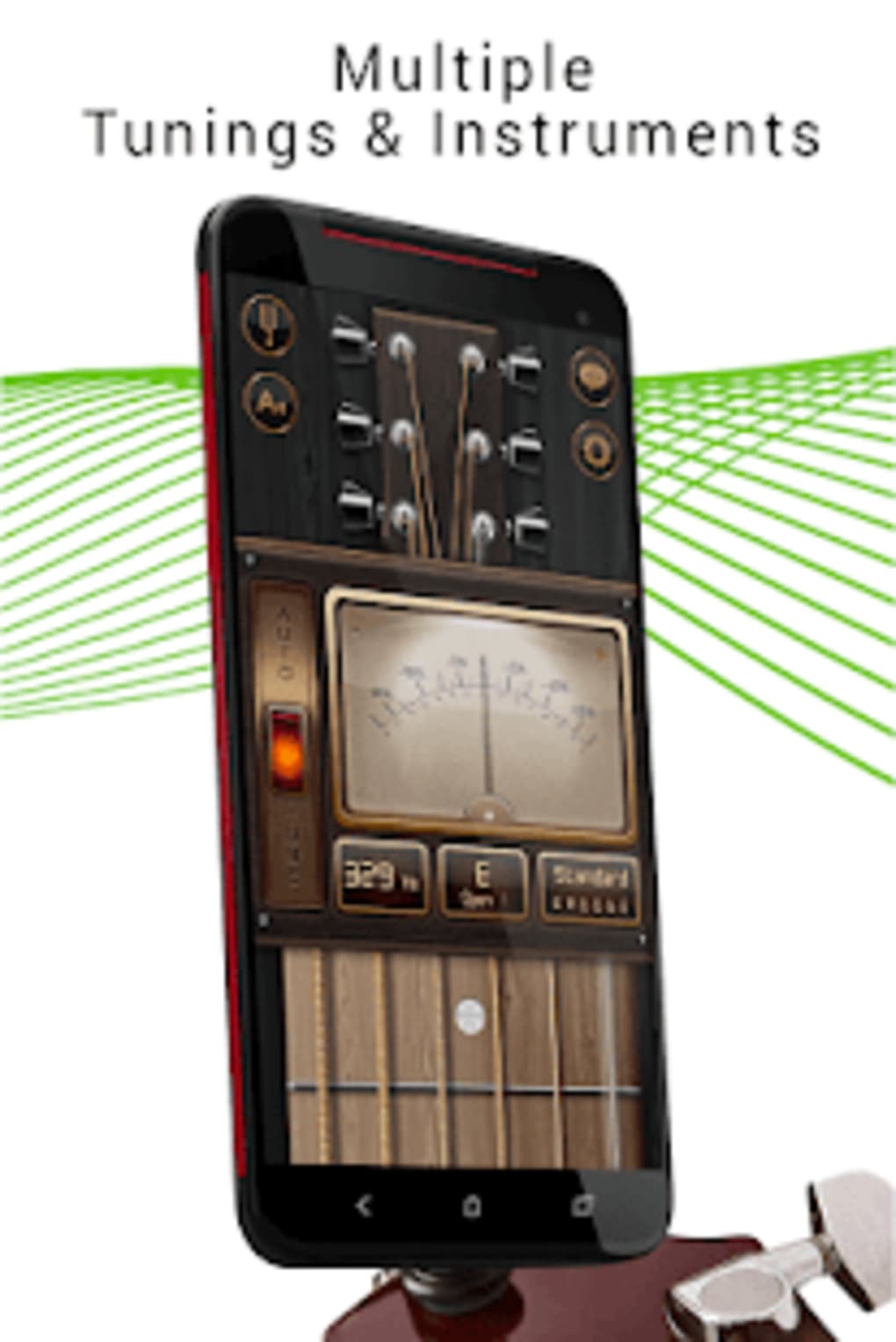

Next, we’ll look at how to get your ukulele in tune. Now you know how the different types of ukuleles differ from each other and that the ukulele is a bit different from other common stringed instruments because of its reentrant tuning. Because a reentrant tuning doesn’t go from lowest to highest in a linear manner, the reentrant tuning of a ukulele might seem odd to many who are familiar with other instruments, such as the guitar and bass. The reentrant tuning - also known as the high G tuning - is the most common one, making it also the most popular ukulele tuning. Other stringed instruments that use a reentrant tuning include the banjo and cuatro, a Venezuelan guitar-like instrument. This exception that breaks the linear tuning is known as a re-entry. Instead, in the standard ukulele tuning, the fourth string is actually higher than the third string. If the ukulele used linear tuning, the fourth string would be lowest in pitch, and the other strings would get progressively higher.

In a reentrant tuning, the strings don’t follow a linear pattern. Consider, for example, the standard guitar tuning (E-A-D-G-B-E). So how does a reentrant tuning differ from the standard tunings used with a guitar or bass, for instance? With the so-called linear tuning, the strings are ordered from the lowest pitch to the highest. For example, the standard tuning for soprano, concert, and tenor ukuleles is a reentrant tuning. One useful concept to understand is reentrant (or re-entrant) tuning. However, soprano ukuleles are the most common ones, so we’ll be focusing on the standard ukulele tuning for a soprano ukulele. The tuning you’ll be using depends on the type of ukulele you have. Here are the most common ukulele tunings for different ukulele sizes: Before proceeding further, it’s good to note that there are different types of ukuleles and ukulele sizes.

Let’s look at the standard ukulele tuning. The frets also help tune your ukulele in case you’re doing it by ear. They make navigating the fretboard much easier - for example, when forming chord shapes. Frets are small metal bars that divide the fretboard into sections. Whereas the tuning pegs are used to control the tuning, machine heads are the part that is attached to the ukulele headstock.

Although both are often referred to as tuners, the tuning pegs and machine heads are two different parts with their own purpose. These are also known as tuning heads, tuning knobs, or simply tuners. Therefore, there’s a tuning peg for each string of the instrument. Tuning pegs are the tiny knobs that you rotate to tune an individual ukulele string. The headstock is the topmost part of a ukulele and starts where the neck and fretboard end. First, there’s the headstock to which all other parts of the tuning mechanism are connected. The ukulele tuning mechanismīefore tuning your ukulele, you should get familiar with the different parts of a ukulele that are needed to get the instrument in tune. This is because of the way a ukulele is normally tuned. The second string, or the C string, is the thickest one. Note that, unlike the strings of a guitar, ukulele strings don’t go from thickest to thinnest. In this case, the G string is referred to as the fourth string, the C string as the third string, and so forth. Ukulele strings can also be referred to with a number from 1 to 4. The strings of a ukulele are, starting from the one closest to you when holding the instrument: G-C-E-A. Luckily there are only four of them, so they’re easy to remember. Tune your ukulele and learn to play with Yousicianīefore we look at the standard ukulele tuning, we’ll have to get familiar with the strings of a ukulele and their names.You can read more about ukulele tunings below. We’ll also introduce some alternate tunings, in addition to the most common ukulele tuning, the standard G-C-E-A tuning.Ĭheck out the video above for a walkthrough on how to tune your ukulele. To get you started with your ukulele playing, we’ll show you how to tune your ukulele and some different methods to do so. Before that though, a tuner or some other point of reference can be helpful in checking whether or not your ukulele is in tune. As you progress and learn to play, you’ll also know when the instrument is in tune just by listening to how the strings sound. If you’ve tried playing an out-of-tune ukulele - or any other stringed instrument for that matter - you’ll know how painful and unpleasant it can sound. Knowing how to tune your ukulele not only allows you to get familiar with the instrument, but most importantly, it guarantees that your ukulele also sounds good every time you play. Whether you’re a complete beginner or a world-class pro, if you play the ukulele, there’s one skill you should absolutely know.


 0 kommentar(er)
0 kommentar(er)
